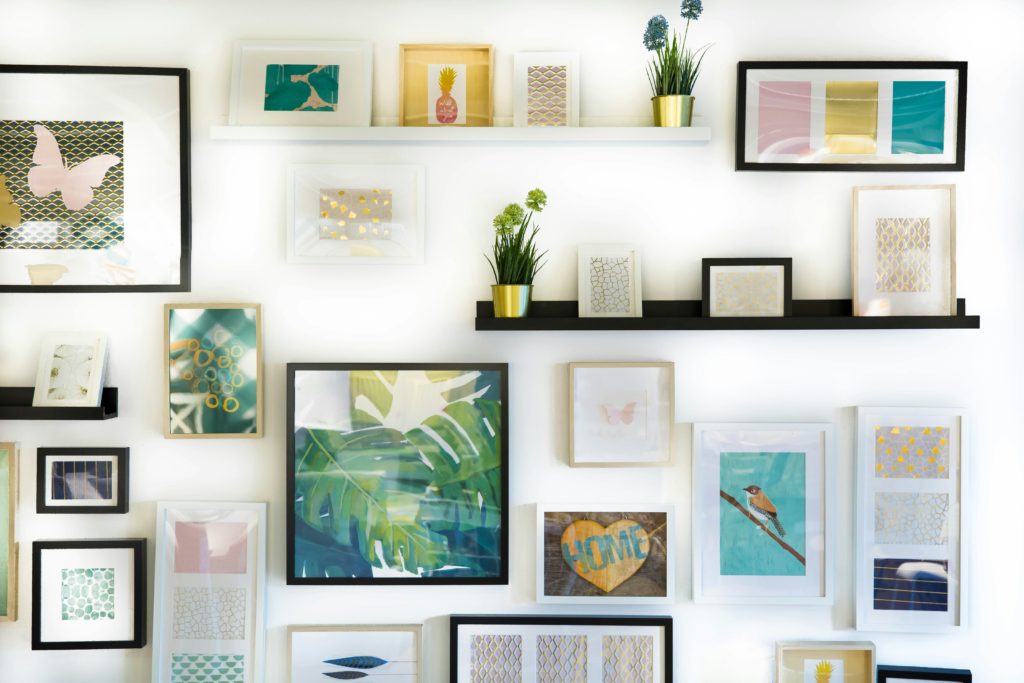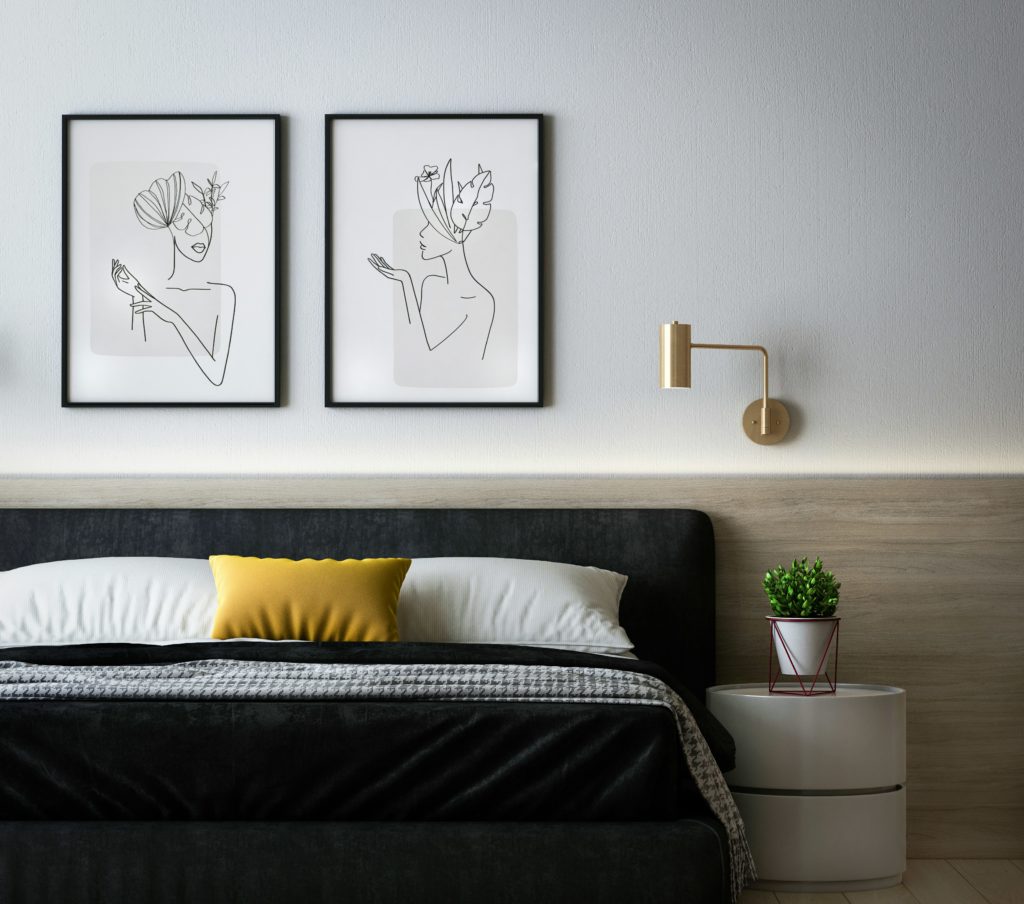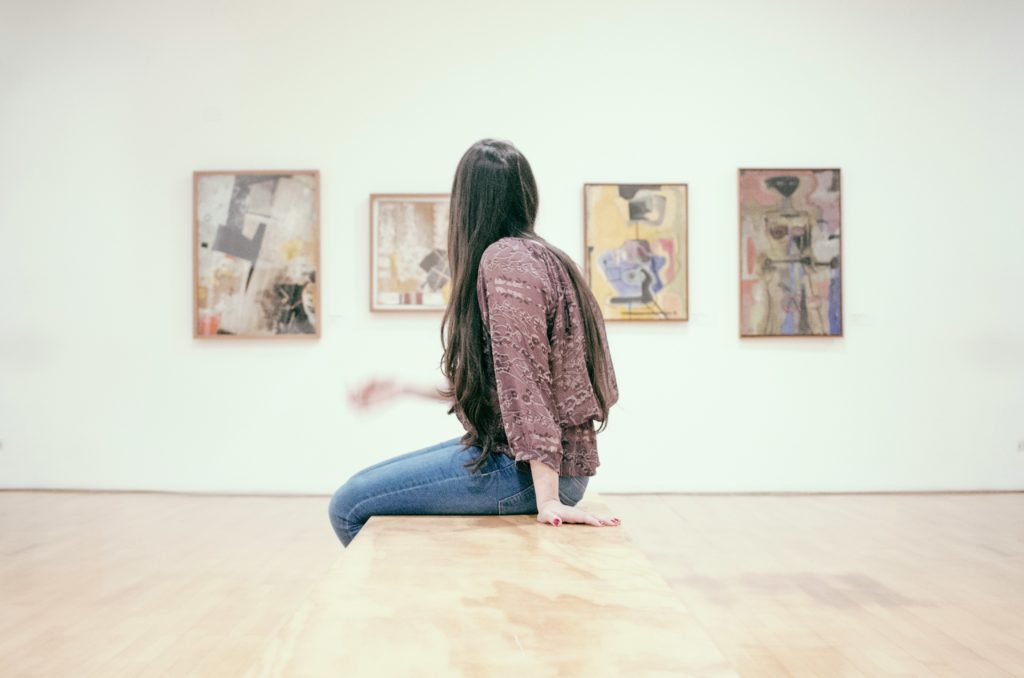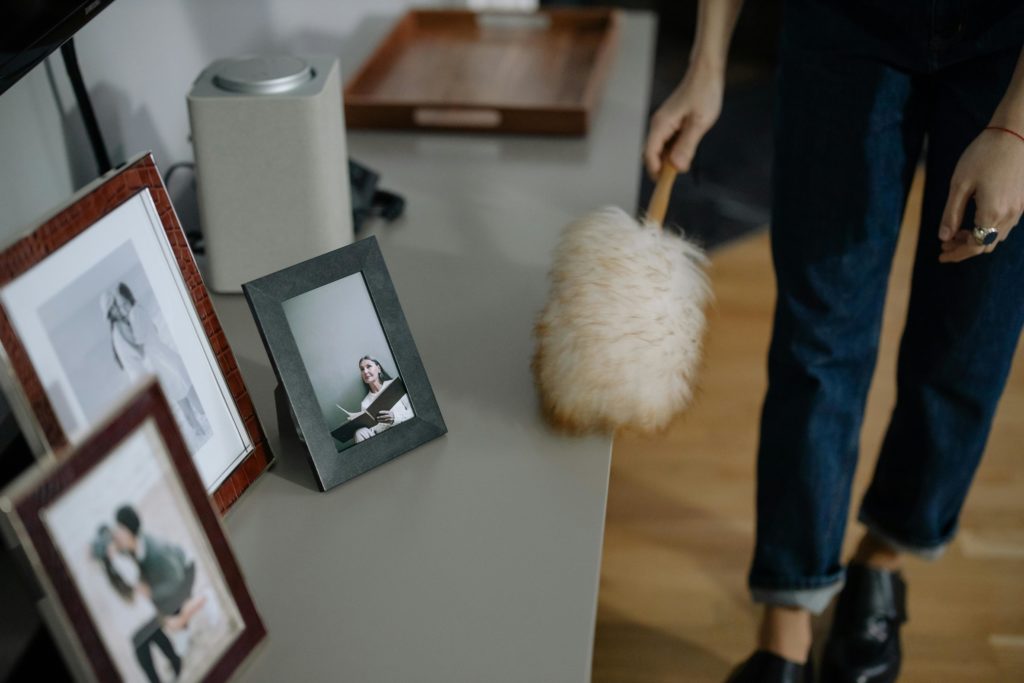Commercial Feature
Top Tips for Displaying Art Prints in Your Home
Art prints have the power to transform a mundane living space into a vibrant and personalised haven. Whether you’re a seasoned art collector or a homeowner looking to add a touch of elegance to your interior décor, displaying art prints effectively requires a blend of creativity and technical know-how. In this guide, we’ll explore the top tips for showcasing your art prints, from selecting the perfect spot to coordinating with your existing décor and optimising lighting. By following these essential steps, you’ll be able to create stunning displays that highlight the beauty of your prints and enhance your living environment. Let’s dive into the key aspects that will help you make the most out of your art prints, ensuring they become a focal point in your home.
Selecting the Perfect Spot
Choosing the right location for your art prints is crucial in making them stand out. Start by considering the room’s function and the atmosphere you want to create. For instance, a calming landscape print might be ideal for a bedroom, while vibrant abstract art could enliven a living room or hallway.
Next, assess the wall space available. Large prints make a bold statement on expansive walls, whereas smaller prints can create an intimate setting in more confined areas. When grouping multiple prints, ensure they are spaced evenly to achieve a balanced and cohesive look.
Consider the height at which you hang your prints. A common guideline is to position the centre of the artwork at eye level, typically around 145-150 cm from the floor. However, this can vary depending on the room’s purpose and the furniture arrangement. For example, prints hung above a sofa or bed should be placed lower to maintain a harmonious visual line.
Finally, think about the flow of natural light. Avoid placing prints in direct sunlight, as prolonged exposure can cause fading. Instead, opt for spots with indirect lighting to preserve the vibrancy and longevity of your artwork.

Coordinating with Existing Décor
Harmonising your art prints with your existing décor is essential to create a unified and aesthetically pleasing environment. Begin by considering the colour palette of your room. Select prints that either complement or provide a striking contrast to the existing colours. For instance, neutral-toned prints can add sophistication to a brightly coloured room, while vibrant prints can bring energy to a more subdued space.
The style of the artwork should also align with the room’s overall theme. Contemporary prints work well in modern, minimalist settings, while classic or vintage prints may be better suited to traditional or eclectic interiors. Mixing styles can be effective too, but aim for a balanced composition to avoid visual clutter.
Frame selection plays a significant role in integrating your prints with the décor. Choose frames that echo the room’s furniture and fixtures. Wooden frames can add warmth and texture, whereas metal frames can introduce a sleek, modern touch. For a cohesive look, consider using similar frames for a series of prints.
Additionally, think about the scale of the prints relative to the room’s size. Large prints can dominate a small room, making it feel cluttered, while small prints may get lost in a large space. Balancing the size of the prints with the room’s dimensions will ensure they enhance, rather than overwhelm, the space.

Enhancing Your Art Prints with Proper Lighting
Lighting plays a pivotal role in showcasing art prints effectively. Proper lighting can highlight the details and colours of your prints, making them look more vibrant and appealing. There are several lighting options to consider, each with its own benefits.
Natural light can bring out the true colours of your prints, but it should be used carefully. Prolonged exposure to direct sunlight can cause fading and damage over time. To mitigate this, place your prints in areas with indirect sunlight or use UV-protective glass in the frames.
Artificial lighting is a great way to control how your prints are illuminated. Track lighting and picture lights are popular choices, as they can be directed precisely where needed. LED lights are particularly effective because they emit minimal heat and do not cause damage to the artwork. Ensure the lighting is evenly distributed to avoid casting shadows on the prints.
Consider the colour temperature of the lighting as well. Warm light (2700K to 3000K) can enhance the richness of colours, while cool light (4000K to 5000K) can make details stand out more clearly. Experiment with different lighting setups to find the one that best enhances the aesthetic appeal of your art prints.

Arranging and Grouping Art Prints
The way you arrange and group your art prints can significantly impact the overall aesthetic of your space. Thoughtful arrangements can create a visually pleasing and cohesive display, making your art prints the focal point of any room.
When grouping multiple prints, consider creating a gallery wall. This involves arranging several prints in a structured or freeform layout. To achieve a balanced look, start by laying out your prints on the floor before hanging them. Ensure there is consistent spacing between each piece, typically around 5-10 cm, to maintain harmony.
For a structured gallery wall, align the tops, bottoms, or centres of the prints. This method works well with prints of the same size and frame style. For a more eclectic look, mix different sizes and styles, but maintain a central focal point to anchor the arrangement.
Another approach is to create a linear arrangement. This can be a single row or multiple rows of prints, ideal for narrow wall spaces or hallways. Ensure the prints are level and spaced evenly to create a clean and organised appearance.
Consider the relationship between the prints. Grouping prints with a common theme, colour palette, or style can enhance the visual impact and create a narrative that ties the pieces together.

Maintaining and Protecting Your Art Prints
Proper maintenance and protection are crucial to preserving the beauty and longevity of your art prints. Taking a few precautionary steps can ensure your prints remain in pristine condition for years to come.
Firstly, consider the environment in which your prints are displayed. Avoid areas with high humidity, such as bathrooms or kitchens, as moisture can damage both the print and the frame. If you must display prints in these areas, ensure they are well-ventilated and consider using moisture-resistant frames and protective glass.
Regular cleaning is essential to keep your prints looking their best. Use a soft, dry cloth to gently dust the frames and the surface of the prints. Avoid using water or cleaning products directly on the prints, as these can cause damage. For more stubborn dirt or smudges, consult a professional art conservator.
Protect your prints from physical damage by securing them properly. Use appropriate wall anchors and hooks to support the weight of the framed prints. Ensure that the frames are hung securely and check periodically to make sure they remain stable.
Additionally, consider using UV-protective glass or acrylic to shield your prints from harmful ultraviolet rays, which can cause fading over time. This extra layer of protection will help preserve the vibrant colours and intricate details of your art prints. For those looking for reliable options, many reputable companies offer high-quality art printing and framing that can enhance and protect your prints effectively.

Conclusion
Displaying art prints in your home is an art in itself, requiring a blend of creativity, technical knowledge, and attention to detail. By selecting the perfect spot, coordinating with your existing décor, enhancing with proper lighting, thoughtfully arranging and grouping, and maintaining and protecting your prints, you can create stunning displays that elevate your living space. These tips will help ensure your art prints become a captivating focal point in your home, reflecting your personal style and appreciation for fine art. Embrace the process and enjoy the transformation that well-displayed art can bring to your environment
 Lifestyle / The woes of intercollegiate friendships8 May 2025
Lifestyle / The woes of intercollegiate friendships8 May 2025 Lifestyle / A beginners’ guide to C-Sunday1 May 2025
Lifestyle / A beginners’ guide to C-Sunday1 May 2025 News / Angela Rayner could intervene to stop Trinity ‘mothballing’ planned affordable homes site7 May 2025
News / Angela Rayner could intervene to stop Trinity ‘mothballing’ planned affordable homes site7 May 2025 News / Graduating Cambridge student interrupts ceremony with pro-Palestine speech3 May 2025
News / Graduating Cambridge student interrupts ceremony with pro-Palestine speech3 May 2025 Features / The quiet saboteur: when misogyny comes from within7 May 2025
Features / The quiet saboteur: when misogyny comes from within7 May 2025





